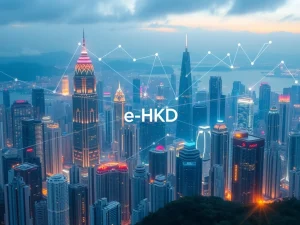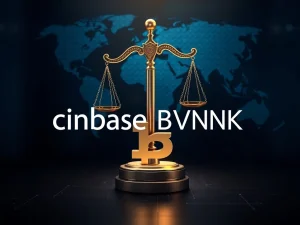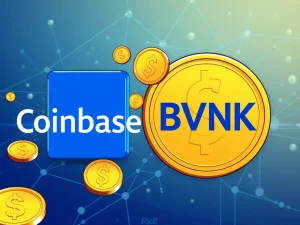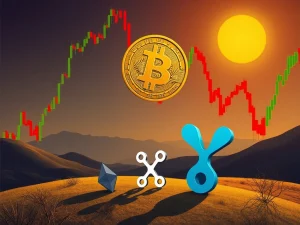MEV’s **Crippling** Impact: Why Maximal Extractable Value **Exiles** DeFi Institutions and Harms Crypto Users
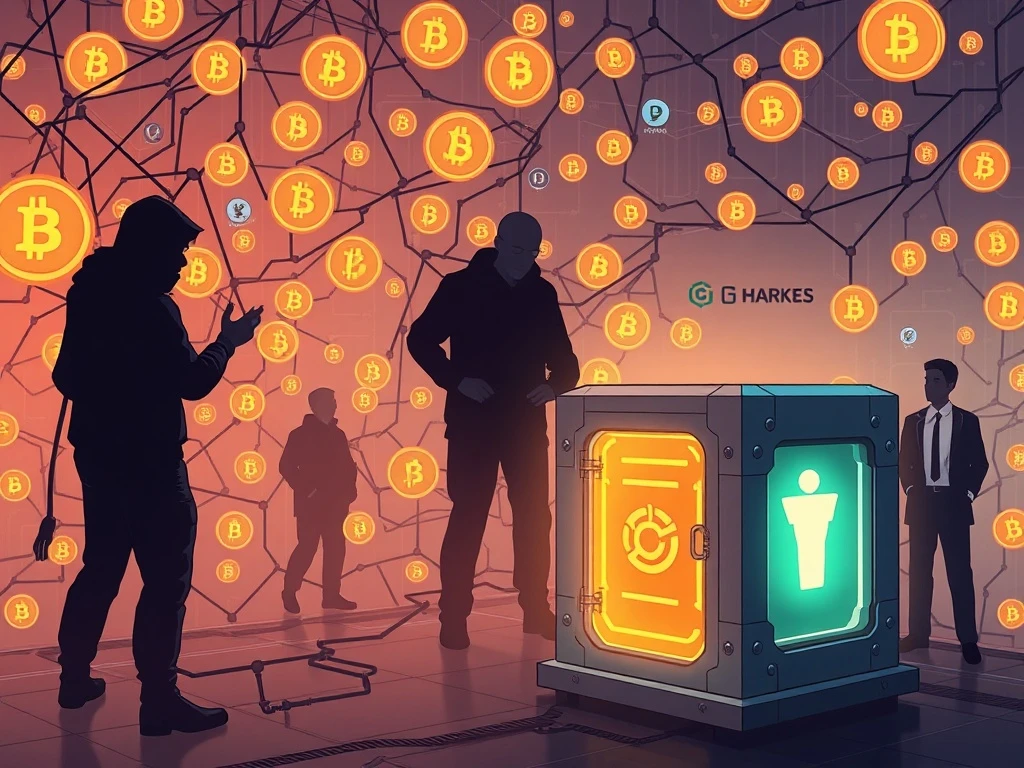
Maximal Extractable Value (MEV) casts a long shadow over the promise of Decentralized Finance (DeFi). This often-overlooked mechanism significantly impacts market fairness. It deters major players and imposes a hidden cost on everyday crypto users. Understanding MEV is crucial for anyone engaging with decentralized markets.
Unpacking Maximal Extractable Value (MEV) in Decentralized Finance
Maximal Extractable Value, or MEV, refers to the profit miners or validators can extract by reordering, inserting, or censoring transactions within a block. This practice is inherent in many blockchain systems. Essentially, it allows those with control over block production to gain an advantage. This occurs by leveraging information asymmetry.
Broadcasting transactions before execution creates this information asymmetry. Consequently, participants with sophisticated tools can see pending orders. They can then place their own transactions strategically. This process often results in a ‘hidden tax’ on retail crypto users. It quietly erodes their potential gains and increases their costs.
For instance, common MEV strategies include front-running. Here, a bot detects a large pending order and places its own order just before it. It then sells immediately after the large order executes, profiting from the price movement. Another tactic is a ‘sandwich attack.’ This involves placing orders both before and after a user’s transaction. The goal is to manipulate the price and extract profit from the user’s trade.
The Exodus of DeFi Institutions: A Critical Concern
The pervasive presence of MEV significantly impacts the adoption of Decentralized Finance by institutional players. Aditya Palepu, CEO of DEX Labs, highlights this issue. He notes that financial institutions face substantial risks. Broadcasting transactions before execution exposes them to market manipulation and front-running. This risk profile makes DeFi less attractive for large-scale capital.
Palepu explains that all electronically-traded markets grapple with issues similar to MEV. These stem from information asymmetry in transaction ordering. However, DeFi’s transparent nature often amplifies these problems. When DeFi institutions cannot participate effectively, the entire ecosystem suffers. Retail users also bear the brunt of this absence.
Institutions provide crucial infrastructure for financial markets. Palepu describes them as creating the ‘highways and roads.’ Their involvement brings liquidity, stability, and efficiency. Without them, markets can become less robust. This leads to higher costs and increased volatility for everyone.
How Maximal Extractable Value Undermines Market Integrity
The debate surrounding MEV’s role in crypto infrastructure is intense. Industry executives and protocol founders are actively seeking solutions. Many worry about MEV’s potential to increase centralization. It can also drive up costs and stifle mass adoption of Decentralized Finance. The core issue lies in its extractive nature.
Market manipulation, like sandwich attacks, directly harms crypto users. Validators or miners place transactions before and after a user’s order. They then manipulate the price and extract profits. This practice makes the market feel unfair and untrustworthy. It discourages participation from both retail and institutional investors.
Furthermore, MEV contributes to higher transaction costs. The competition among MEV bots for profitable opportunities drives up gas prices. This indirectly taxes all users, making smaller transactions less viable. Consequently, it creates a barrier to entry for many. The lack of institutional participation exacerbates these issues, reducing overall market health.

Trusted Execution Environments: A Path to Fairer Transactions
A promising solution to the MEV problem involves preventing order flow data from being visible before execution. Aditya Palepu advocates for processing transactions in Trusted Execution Environments (TEEs). These environments handle transactions privately. They use mechanisms like funded vaults or secure enclaves.
TEEs offer a powerful advantage. They can process orders confidentially. This means trading intentions are not broadcast to the world prior to execution. Instead, orders are encrypted client-side. They are only decrypted inside the secure enclave after sequencing. This design fundamentally changes the game for crypto users.
Implementing Trusted Execution Environments makes front-running transactions impossible. It effectively protects users from predatory tactics like sandwich attacks. By ensuring privacy at the execution layer, TEEs create a more level playing field. This fosters greater trust and fairness within the Decentralized Finance ecosystem.
Bolstering Decentralized Finance Adoption
The lack of transaction privacy currently hinders financial DeFi institutions from adopting decentralized finance. This exposes them to significant market manipulation and front-running risks. However, if these privacy concerns are addressed, institutional participation could surge. This would bring substantial benefits to the entire DeFi space.
Institutions bring crucial liquidity to markets. Their presence helps dampen price volatility. They also ensure asset prices remain at or near parity across various exchanges. This creates a more stable and predictable trading environment. Exchanges, like any marketplace, thrive on vibrancy and diversity of participation, as Palepu notes.
Conversely, a lack of institutional involvement has detrimental effects. It can cause liquidity to dry up, leading to wider bid-ask spreads. Volatility often spikes, making markets more unpredictable. Market manipulation also increases in less liquid environments. Finally, transaction costs can surge, making DeFi less accessible and efficient for all crypto users.

Addressing the MEV Challenge for Broader DeFi Acceptance
The ongoing debate surrounding MEV underscores its complexity and importance. Solutions like Trusted Execution Environments represent a significant step forward. They promise to restore fairness and attract institutional capital. Furthermore, other innovations, such as Batched Threshold Encryption, are also being explored. These aim to make Decentralized Finance fairer and more robust.
The future growth and mass adoption of DeFi hinge on solving the MEV problem. Ensuring transaction privacy and preventing extractive practices are paramount. This will create a more equitable environment for all participants. Ultimately, it protects crypto users and encourages the vital participation of DeFi institutions. The industry must continue to innovate. This ensures the promise of decentralized finance is fully realized.



